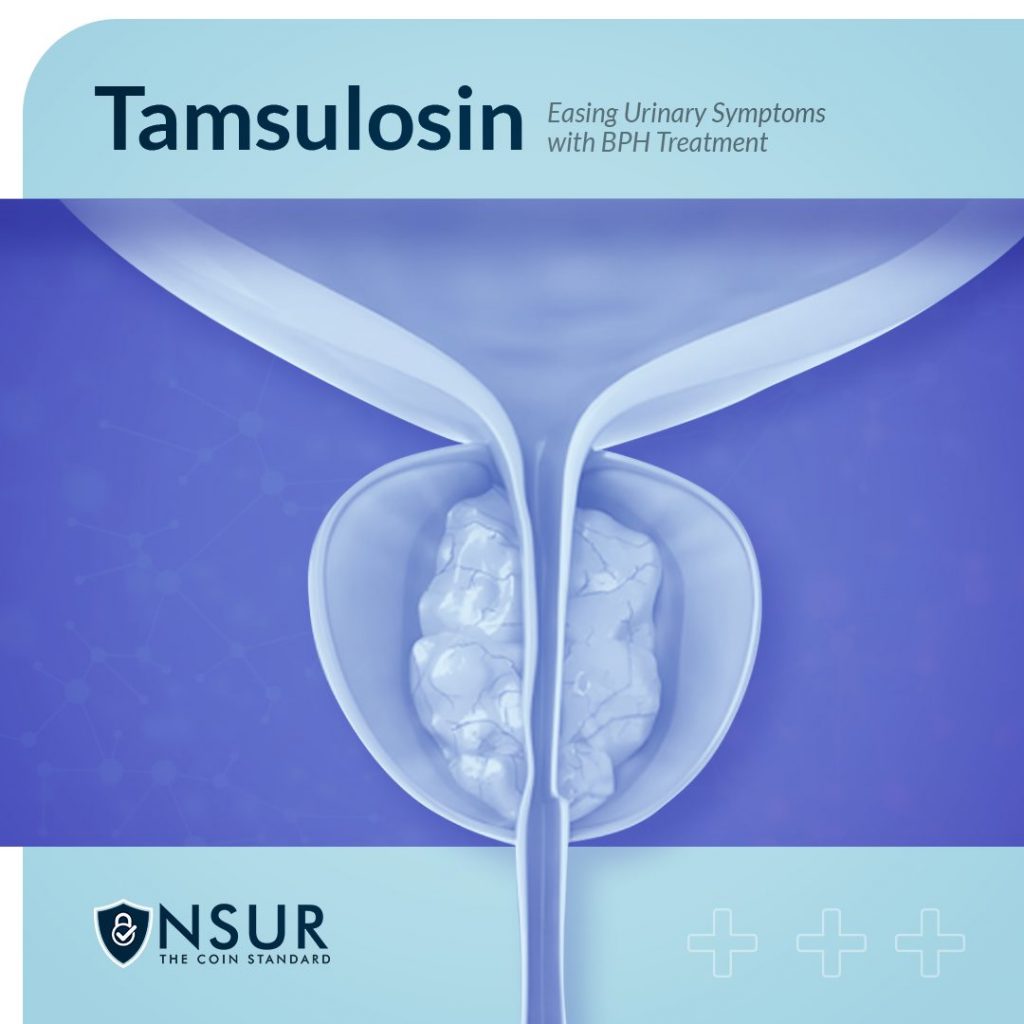
For many men, especially as they age, urinary problems become a frequent, often uncomfortable, part of life. One of the most common causes of these issues is Benign Prostatic Hyperplasia (BPH), a non-cancerous enlargement of the prostate gland. Thankfully, advancements in medication have made managing BPH symptoms more effective. One such advancement is Tamsulosin, a medication specifically designed to ease urinary symptoms associated with BPH. In this blog post, we’ll delve into what Tamsulosin is, how it works, and its role in improving the quality of life for those suffering from BPH.
Understanding BPH
Before discussing Tamsulosin, it’s important to have a basic understanding of BPH. BPH is a condition most common in men over 50, where the prostate gland enlarges. This enlargement can compress the urethra, leading to various urinary symptoms like difficulty starting urination, weak urine stream, and the need to urinate frequently, especially at night.
What is Tamsulosin?
Tamsulosin is a type of medication known as an alpha-blocker. It works by relaxing the muscles in the bladder and prostate, which helps to improve urine flow and reduce the symptoms of BPH. Unlike some other BPH medications, Tamsulosin specifically targets the muscles in the urinary tract without affecting blood pressure significantly.
How Tamsulosin Helps
- Improving Urinary Flow: By relaxing the muscles in and around the prostate and bladder neck, Tamsulosin helps to reduce the blockage, thereby improving the flow of urine.
- Reducing Urgency and Frequency: Patients often report a decrease in the urgency and frequency of urination, particularly during nighttime.
- Minimizing Discomfort: By easing the urinary symptoms, Tamsulosin can also reduce the discomfort or pain often experienced during urination in men with BPH.
Taking Tamsulosin
Tamsulosin is typically taken once a day, about 30 minutes after the same meal each day. Consistency in timing helps maintain a steady level of medication in your body. It’s important to follow your doctor’s instructions regarding the dosage.
Side Effects and Considerations
Like all medications, Tamsulosin comes with potential side effects. Common ones include dizziness, headache, and issues with ejaculation. Men taking Tamsulosin should also be aware of the possibility of ‘orthostatic hypotension’, a form of low blood pressure that can occur when standing up quickly, leading to dizziness or fainting. It’s crucial to discuss these potential side effects with your doctor, especially if you’re taking other medications or have other health conditions.
Tamsulosin vs. Other BPH Treatments
While Tamsulosin is effective for many men, it’s not the only option for BPH treatment. Other treatments include different types of medications, such as 5-alpha reductase inhibitors, and surgical options for more severe cases. The choice of treatment depends on the severity of symptoms, the size of the prostate, and other individual health factors.
Take advantage of NSURx for your prescription drugs!
With the NSURx Prescription Benefit Card, you can save money on your medications at more than 35,000 pharmacies across the United States.
You can save up to 80% on your medication by using an NSURx card. Hundreds of dollars in savings could be yours every time you fill out your prescription.
The more you shop with NSURx, the more NSUR Coins you will receive as a reward.
Conclusion
BPH can significantly impact the quality of life, but medications like Tamsulosin offer a way to manage its symptoms effectively. It’s a testament to the advancements in medical science that today, conditions like BPH can be managed with simple, daily medication, allowing those affected to maintain a more comfortable and active lifestyle.
Disclaimer
This blog post is intended for informational purposes only and should not be considered a substitute for professional medical advice. Always consult with a qualified healthcare provider for personalized recommendations and guidance.











